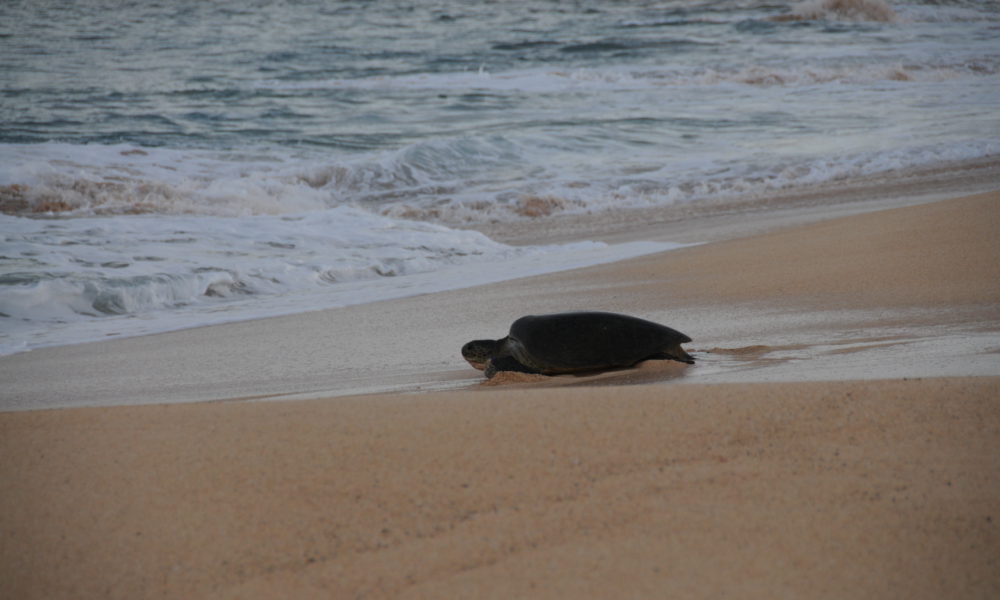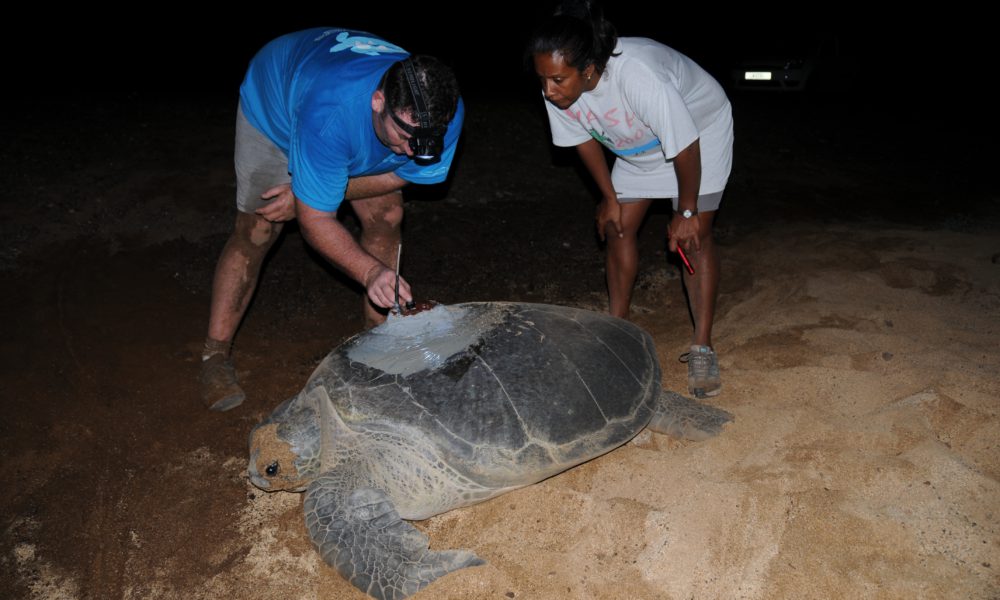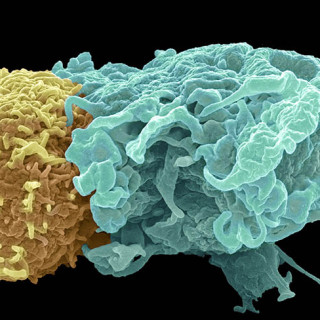Fascinating navigation in sea turtles and albatrosses
The long-distance navigation undertaken by sea turtles and albatrosses is one of the animal world’s most fascinating navigational feats. First-time migrators are presumed to rely on a genetic programme inherited from their parents, whereas older animals seem to use various sensorial abilities supplemented with information gathered during their journey.
In a number of studies, researchers at CAnMove have investigated how sea turtles and albatrosses manage to find the isolated islands to which they migrate to mate and lay their eggs. What distinguishes animal navigation at sea and on land? Using satellite telemetry, wireless transfer of measurement data from a measurement object and GPS logs, researchers at CAnMove are able to compare migration and navigation of sea turtles on Ascension Island in the South Atlantic with that of the albatrosses on Crozet Island in the southern Indian Ocean, and on Midway Island in the Pacific. The navigation of the sea turtles is also studied over large ocean areas by analysing monitoring data from satellite telemetry, and how they move in relation to magnetic gradients.
THE GREEN SEA TURTLES (Chelonia mydas) of Ascension Island can travel a long way over open water. As early as 1998, an international collaboration was launched between Sweden, Italy and the UK, in which researchers used satellite transmitters to study the migration and navigation of green sea turtles.
“We believe that they used airborne information”
“We captured and equipped a number of turtles with satellite transmitters, transported them by boat and released them in various locations in the ocean around Ascension Island. The turtles which were released north and northwest of the island found their way back to Ascension without any apparent problems, and we believe that they used airborne information, possibly a scent signal, to find the right direction”, says Susanne Åkesson.
THE WONDERING ALBATROSS is the bird world champion in long-distance ocean navigation and has adapted to find its way to its breeding grounds on isolated islands in the middle of the ocean. There it leaves its young at a certain age to find their own way to the ocean areas where they live outside the breeding season. The young birds have to locate the breeding grounds themselves once they reach maturity after seven to ten years at sea. Thus there are several similarities between the migratory patterns of sea turtles and albatrosses.
“We still know surprisingly little about the very first migration of the wandering albatross, and even less about how its navigation system develops over the years and what information it uses to navigate at different stages of its life. We followed the first migration of some wandering albatrosses (Diomedea exulans) for a few years, and discovered several interesting facts about their first migration. For example, young albatrosses cover distances corresponding to an average of 4.6 trips around the globe during their very first migration!” says Susanne Åkesson. They also choose to leave the island in favourable winds and can predict how the winds change to decide when is the best time to move on.







